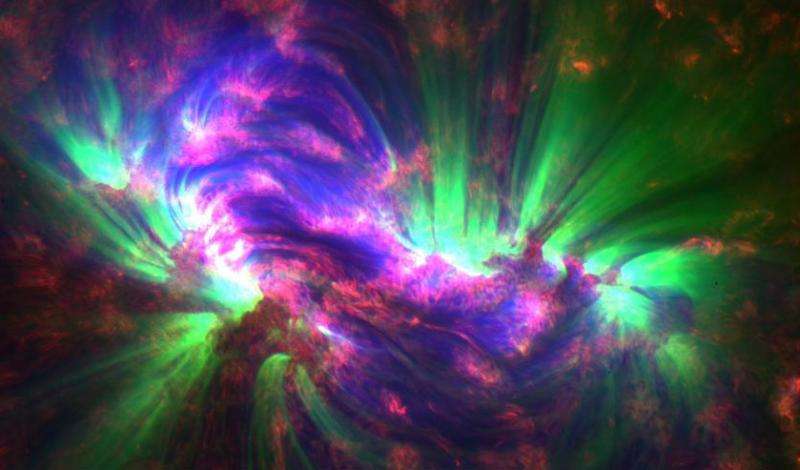Improved sensors help navigate gravity waves

Efforts to detect gravitational waves—which were first predicted by Albert Einstein nearly 100 years ago—are advancing with international researchers including UWA researchers boosting the sensitivity of wave detectors.
Gravitational waves are ripples in the fabric of space and time created by violent cosmic events, such as black hole formations, and were predicted in Einstein's General Theory of Relativity in 1916.
Scientists are hoping to document these waves using the Laser Interferometer Gravitational-Wave Observatories (LIGO) in the United States which comprise a pair of L-shaped vacuum systems, four kilometres long with mirrors at each end, along which laser beams are fired.
The theory behind LIGO is that a gravitational wave would affect each leg differently thereby creating a measurable change.
It began observing in 2002 but no gravitational waves were detected.
Since it was first conceived a major rebuild called Advanced LIGO had been planned that would increase sensitivity by more than a factor of ten, to the point where predicted signals would be detectable about forty times per year.
Increased sensitivity boosts odds
"The initial detectors were sensitive enough to detect events up to a distance of about 50 million light years," UWA Winthrop Professor David Blair says.
"But even in that volume we only expected one event every hundred years.
"If you can make your detector ten times more sensitive then it can see ten times further into the universe, which is a volume increase of a thousand times."
The researchers used facilities at the Gingin Gravitational Research Centre to carefully heat Advanced LIGO's mirrors in order to make tiny changes to its shape thus increasing the detector's sensitivity to sense gravitational waves from approximately 200 million light years away.
In 2005, W/Prof Blair's team predicted a problem known as parametric instability in which the laser light bounces off thermal vibrations in the mirrors, creating unwanted oscillations.
The phenomenon was duly discovered when Advanced LIGO was switched on in November 2014.
"It's a bit like the feedback whistles you get in a PA system, so we've developed a whole suite of tools to control the instabilities in the detectors, and we'll be carrying on with that for the next few years," W/Prof Blair says.
Another UWA team, led by Professor Linqing Wen, has developed a method of picking out the signals in the detectors in real time instead of the weeks or months it has taken in the past.
Provided by Science Network WA

















